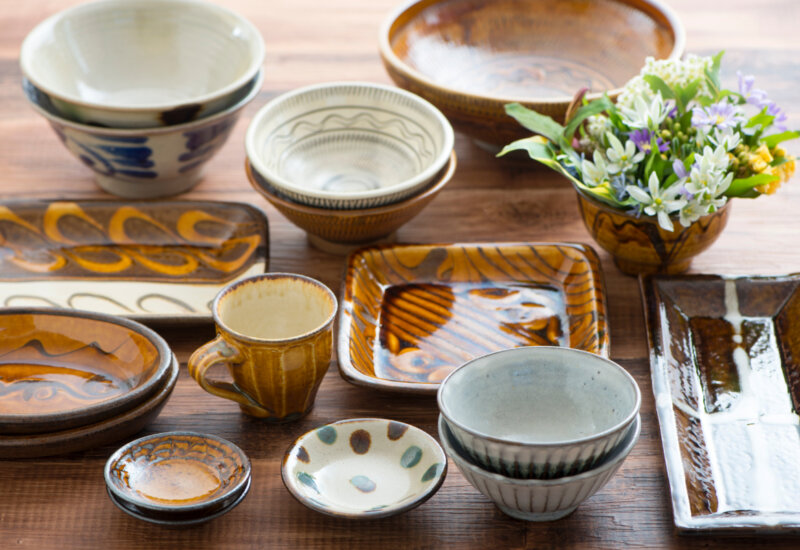
Chapter 12: The spirit of hospitality (Omotenashi)
The news that Japan’s food culture has been inscribed on UNESCO’s Representative List of the Intangible Cultural Heritage of Humanity caused quite a stir throughout Japan this year. An important component of Japan’s food culture is the concept of omotenashi—hospitality, or the wholehearted entertainment of guests. The original idea of omotenashi has its roots in the hospitality that was offered to the gods. The Japanese offered omotenashi to various gods, be they gods of nature...
